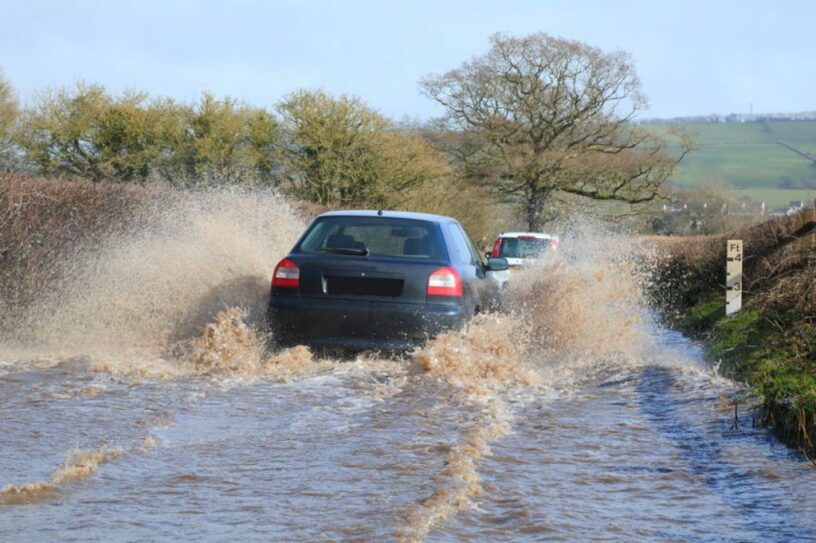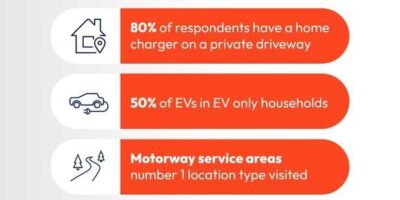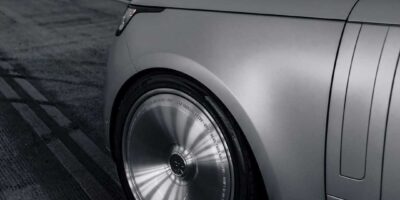ROAD SAFETY and breakdown organisation GEM Motoring Assist is encouraging motorists to ensure they – and their vehicles – are ready for the potential challenges of driving in winter. This week, GEM chief executive Neil Worth answers questions specifically relating to driving safely in times of heavy rain and flood.
Why can it be dangerous to drive when it’s raining?
Rain causes your tyres to lose traction. When the road gets wet, the rainwater mixes with the dirt on the road surface, making everything slippery and causing your tyres to lose grip on the road. Large areas of surface water can lead to aquaplaning, where a layer of water is trapped between your tyres and the road surface. This means it’s suddenly impossible for you to accelerate, brake or steer.
Rain also makes it difficult for you to see when you’re driving along. Using dipped headlights when it’s raining will not only help you to see, it will greatly increase the chances of other drivers seeing you.
What’s the maximum depth of water I can drive through safely?Â
Driving through any depth of water can be dangerous. Even just six inches – or 15cm of water – will reach the bottom of most passenger cars. Above this depth you can lose control or stall the engine because water can be sucked into the exhaust or washed into the air intake.
How can I reduce the risk of stalling?
If you are driving a manual car, press the clutch down slightly at the same time as pressing the accelerator. This will help the car move along slowly and should keep water out of the exhaust pipe. Stay in the same gear throughout the flood. In an automatic car, you can consider keeping your foot on the accelerator while using your lowest gear, but control the speed with your footbrake.
What if I stall in a flood?
Don’t attempt to restart the engine as you will risk severe damage. You’ll need to remove the injectors or plugs to get rid of any water – so the best thing to do is to get out of your vehicle and wade to higher ground, especially if the water is rising. Then, if you’re a GEM member, call us when it’s safe – if you’re not, then call your own breakdown recovery provider.
What should I do after driving through water?Â
You’ll need to make sure your brakes are effective – dry them by applying them gently and taking it easy for a few miles after the flood.
Check out GEM’s video on driving, wet weather and floods. There is information on driving in flooded areas, tips on maximum depths of water and paying heed to warnings and road blocks.
The above advice is also published in the latest edition of Good Motoring, GEM’s quarterly membership magazine.
Further advice notices relating to driving in other frequently-encountered winter weather conditions will follow in coming weeks.
*Article Source http://www.motoringassist.com








